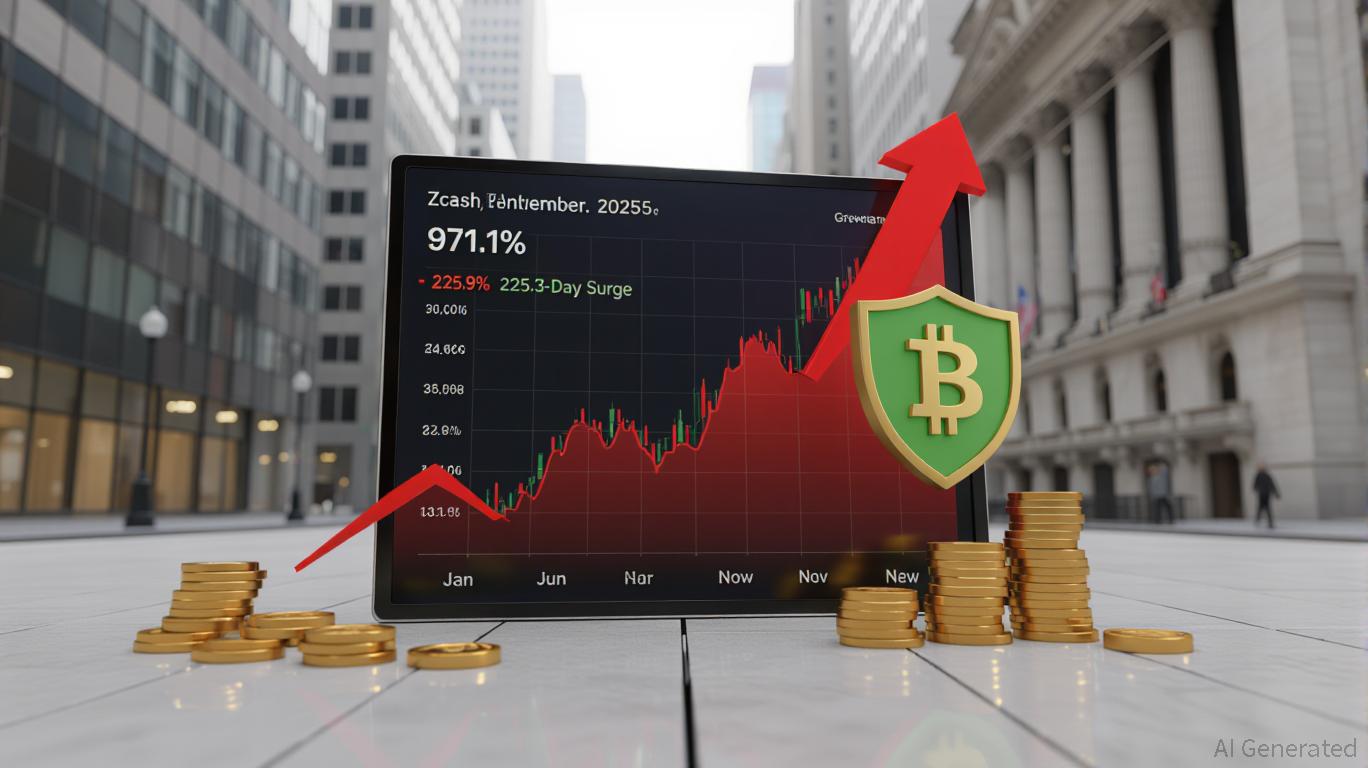Ethereum Rollup Withdrawals: Buterin Plans Major Speed Upgrade
Quick Take Summary is AI generated, newsroom reviewed. Vitalik Buterin suggests reducing Ethereum rollup withdrawal times to 1–2 days. The plan applies to Stage 1 rollups, while Stage 2 keeps a seven-day delay. Faster withdrawals could drive wider adoption of Layer-2 solutions. Developers will focus on maintaining safety while improving user experience.References Ethereum co-founder Vitalik Buterin discusses reducing withdrawal times for stage 1 optimistic rollups to 1-2 days.
Ethereum co-founder Vitalik Buterin has shared a new plan to make withdrawals from Layer-2 networks faster and easier. As Cointelegraph reports, Buterin wants to cut the withdrawal time for Stage 1 optimistic rollups from seven days to just one or two days. Meanwhile, Stage 2 rollups would still keep the seven-day window for stronger security.
⚡️ TODAY: Ethereum co-founder Vitalik Buterin discusses reducing withdrawal times for stage 1 optimistic rollups to 1-2 days.
— Cointelegraph (@Cointelegraph) November 5, 2025
Stage 2 rollups would keep the 7-day window for maximum security. Could this boost L2 adoption? 👇 pic.twitter.com/4AHluqYFfF
Why Buterin Wants Faster Withdrawals
Right now, most optimistic rollups force users to wait a full week before they can move funds back to Ethereum’s main chain. This delay usually frustrates traders and users who need quick access to their money.
Buterin argues that shorter withdrawal times would make Layer-2 systems more appealing. When users spend less time waiting, they are more likely to use these solutions. As he explained, speed adds convenience, which helps the Ethereum ecosystem grow faster.
Basically, Buterin wants Ethereum’s Layer-2 experience to be smoother and more practical, while still keeping it safe.
Understanding Rollup “Stages”
Ethereum rollups operate in stages that show how mature and decentralized they are.
- Stage 1 rollups: These networks work with partial decentralization. They rely on fraud proofs and allow users to withdraw funds without fully trusting the operator.
- Stage 2 rollups: These systems run in full decentralization. No single party controls the process, and they provide the highest level of security, though with longer withdrawal periods.
By pushing for shorter withdrawal times on Stage 1 rollups, Buterin aims to find a middle ground between speed and safety.
Benefits and Possible Risks
The Ethereum Rollup withdrawals plan could bring a lot of advantages. Faster withdrawals would attract more users to Ethereum’s Layer-2 ecosystem. Traders could move funds faster, and DeFi users would find rollups easier for daily use.
However, this proposal also carries some risk. A shorter withdrawal time might leave less room to catch and fix fraud or technical issues. The current seven-day window helps developers spot and correct problems before anyone loses funds.
Because of that, Buterin and other Ethereum developers will need to design the update carefully. They must balance growth with user safety to keep trust in the system strong.
What’s Next for Ethereum
Ethereum continues to evolve with new upgrades and community discussions. Buterin’s idea shows his commitment to improving both user experience and network performance.
If the community supports this Ethereum rollup withdrawal, it could lead to faster adoption of Layer-2 rollups and make Ethereum more efficient. By focusing on speed and reliability, Ethereum may continue to set the standard for innovation in the blockchain world.
Disclaimer: The content of this article solely reflects the author's opinion and does not represent the platform in any capacity. This article is not intended to serve as a reference for making investment decisions.
You may also like
Stellar News Today: XLM Battles at $0.2705—Major Players and Sellers Face Off at Crucial Resistance
- Stellar's XLM token saw volatile trading on Nov. 7, with price consolidating near $0.2702 after hitting key resistance at $0.2777 amid surging institutional volume. - Coordinated institutional buying of 2.5M and 1.5M tokens reversed bearish momentum, defending $0.2663 support while confirming $0.2777 resistance through 45.09M-token volume spikes. - Market remains divided as XLM struggles to break above $0.2815, with analysts warning renewed selling pressure could accelerate declines below $0.2709 amid mi
Microsoft's investment in AI encounters doubts from investors amid a week-long decline
- Microsoft shares fell for seven consecutive sessions, marking its longest losing streak since 2011, driven by AI spending skepticism and market rotation. - The selloff erased $350B in market cap despite strong Azure growth (40% YoY) and $77.77B Q1 revenue, highlighting investor focus on long-term AI ROI. - Analysts cite $34.9B AI capex, regulatory risks, and Australia refunds as challenges, contrasting with Apple's 0.9% gains amid reduced AI dependence. - Strategic moves like the $9.7B IREN AI deal and "
Zcash (ZEC) Price Rally: Could This Signal a New Era for Privacy Coins?
- Zcash (ZEC) surged 971.1% in 2025, reaching $409, driven by technical upgrades, regulatory shifts, and institutional adoption. - Privacy coins' market cap rose 80%, with Zcash and Dash hitting multi-year highs amid stricter global regulations. - Grayscale's $85M Zcash Trust and innovations like shielded transactions highlight privacy as a premium asset in crypto. - Regulatory challenges persist, but 73% of privacy coin users prioritize anonymity, with 24% of new wallets institutional. - Zcash's flexibili


